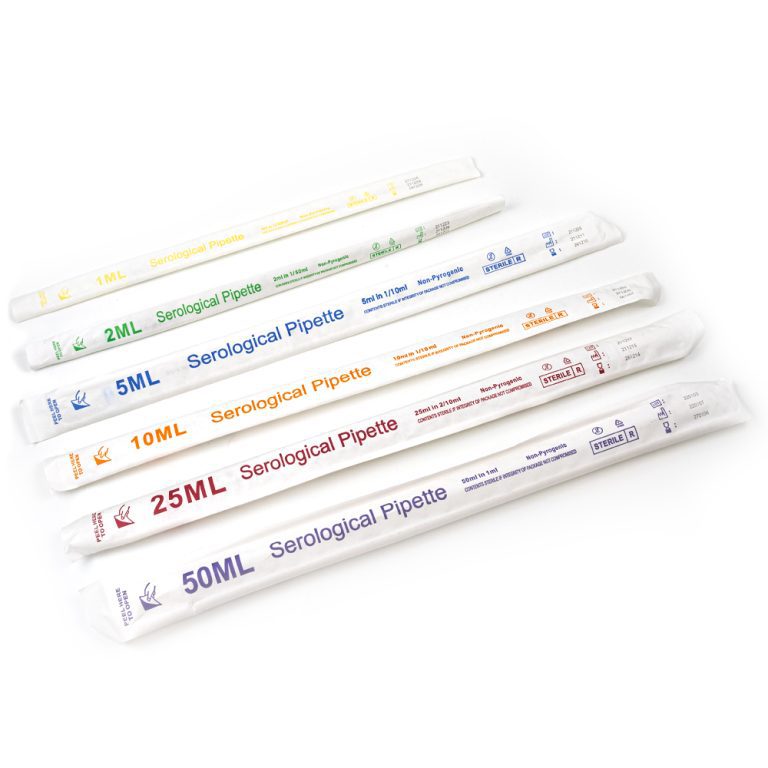Here are some common use cases and applications of centrifuge tubes:
– Sample preparation – Centrifugation is used to separate blood into plasma and cellular components in tubes. Also used to pellet cells, precipitate proteins, etc.
– RNA/DNA extraction – Spinning down nucleic acids during isolation procedures requires centrifugation in tubes.
– Density gradient separation – Separating subcellular components like organelles, vesicles, or large biomolecules using density gradients in tubes.
– Protein purification – Pelleting of protein precipitates by centrifugation during stages of protein purification.
– Antibody purifications – Separating antibodies from contaminants after ammonium sulfate precipitations.
– Hematology – Separating blood cells from plasma for counting and characterization studies.
– Biochemistry – Assays involving precipitation or separation of insoluble cell debris, and lipids require centrifugation.
– PCR – Spinning down PCR products or precipitates prior to running gels or purification.
– Tissue dissociation – Separating cells from extracellular matrix and tissue debris after enzymatic digestion.
– Cell culture – Pelleting cells during passages, splitting, or harvesting from suspension cultures.
– Cryopreservation – Pelleted cell samples are suspended in freezing media and aliquoted into tubes for storage.
– Virus/bacteria pelleting – Concentrating suspensions of viruses or bacteria from large volumes by ultracentrifugation.
– Microvesicle isolation – Purifying extracellular vesicles like exosomes by differential centrifugation steps.
So in summary, centrifuge tubes are indispensable tools for a wide variety of separation and sample preparation needs in biological research and clinical settings.



